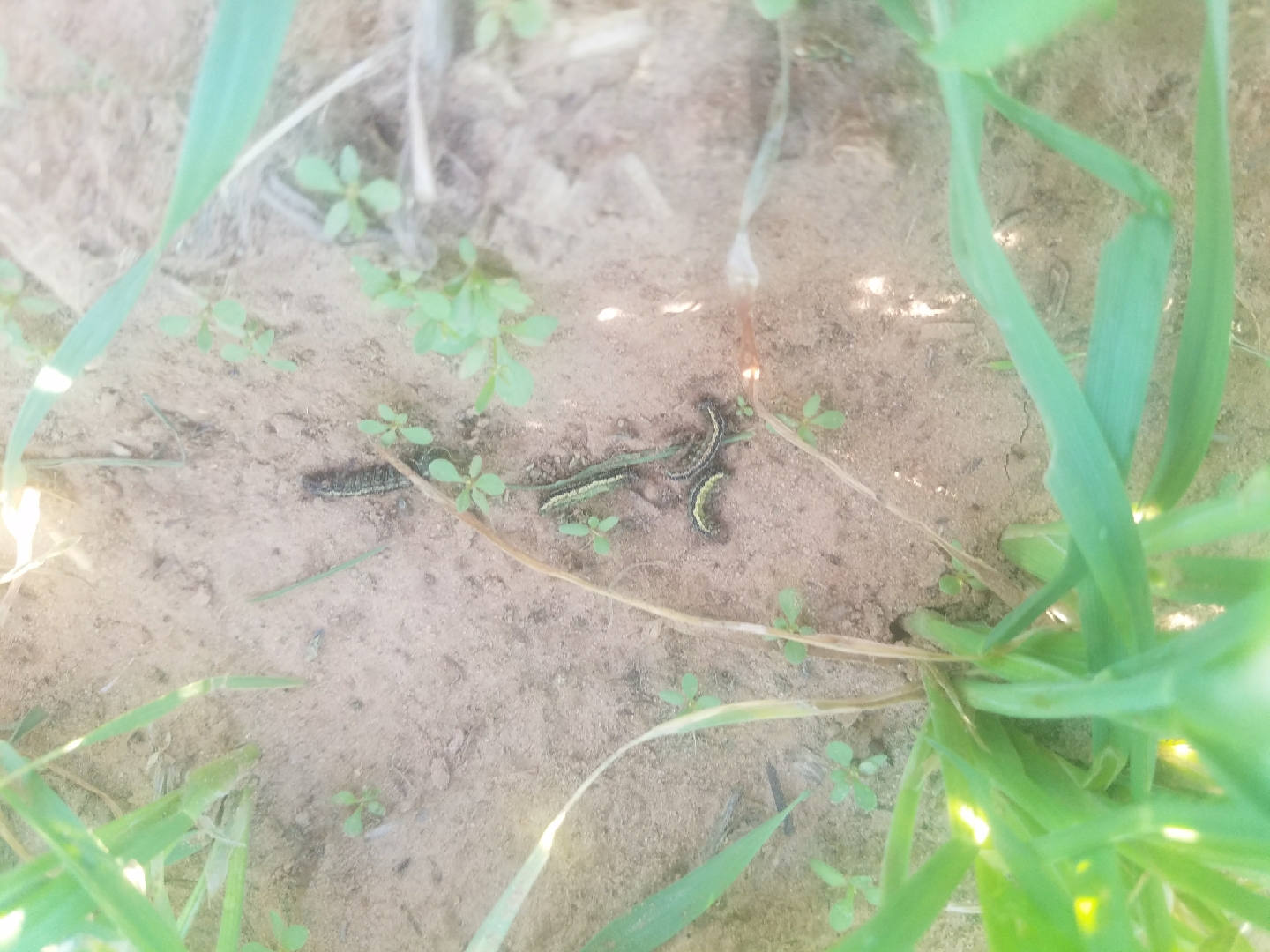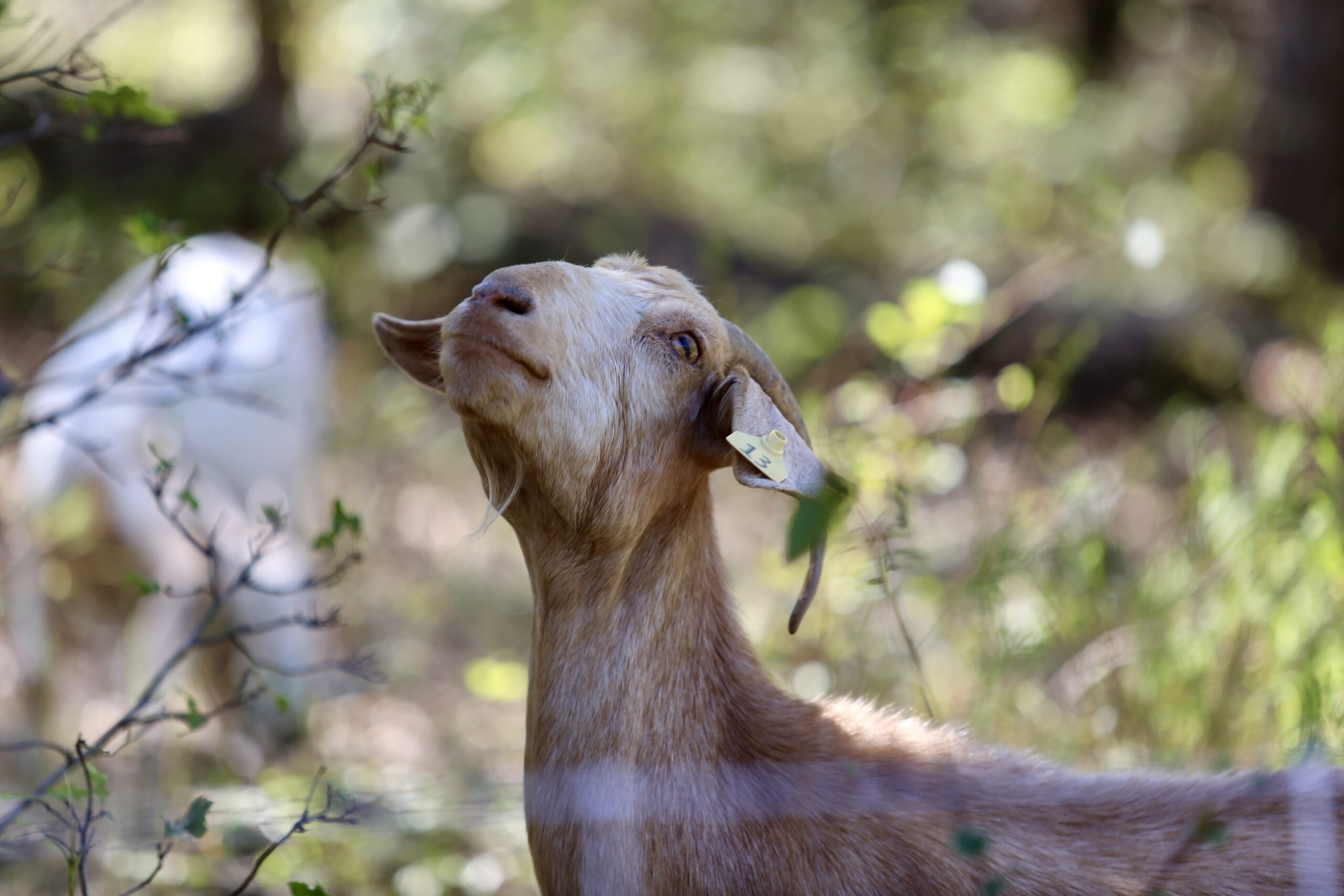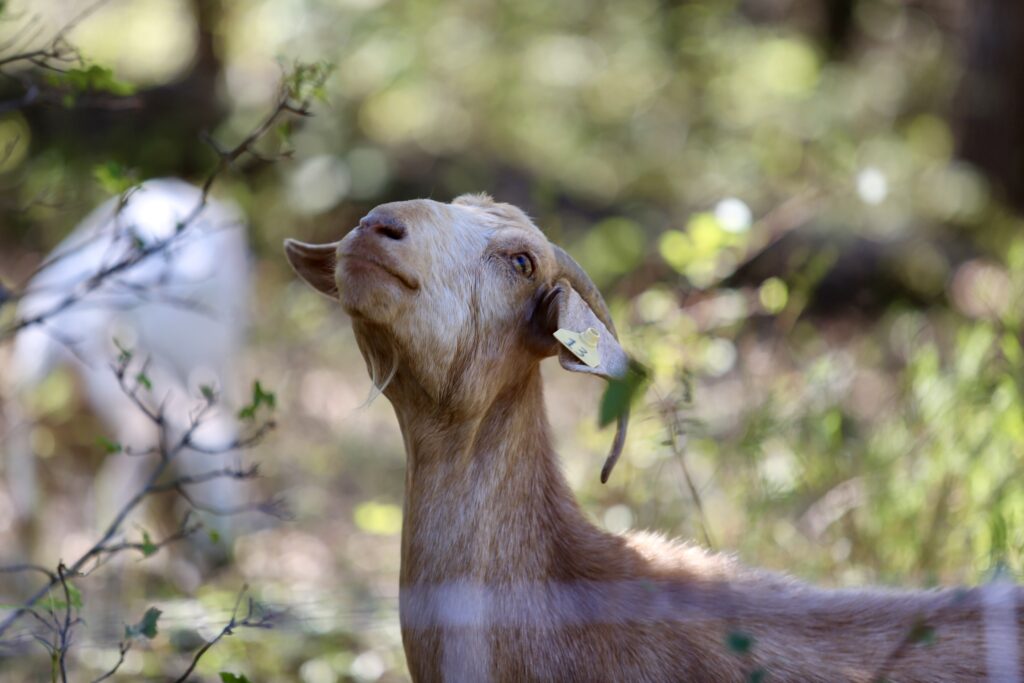HOME
Devastation Overnight – Armyworms

By Jessica Crabtree
Fall armyworms, Spodoptera frugiperda, are not an uncommon nuisance across north and central Texas crops. The tiny torturers have a wide variety of hosts or food sources they migrate to. That includes pasture grasses, corn, grain sorghum, rice, wheat, even turf grass and landscaping plants. Although they are small, their size holds no reflection of their life cycles and population produced per generation.
Wet weather is a good indicator to producers that fall armyworms are to follow. Across North Texas and southern Oklahoma, mid-October brought producers a bitter pill when winter wheat crops were compromised from fall armyworm infestations. This year in North Texas, ample moisture and timing were really to fault. As Helena Sale’s representative T.J. Oatman said, “A lot of farm ground didn’t get plowed this year. The extra rain provided ample forage and a safe haven for the moths in Bermuda, grass and even weeds. It kind of set up the perfect storm.” Oatman explained moths are attracted to the best, most lush green tender vegetation.
As wheat emerged, the moths followed. 2016 saw pockets of armyworm issues. While advising growers and custom applicators on both sides of the Red, Oatman said this year the affect of armyworms is more wide-spread. The fall armyworms are great travelers, beginning their path of destruction in South Texas and Mexico, moving north, generation by generation. They even travel as far as Canada. Producers can begin surveying their fields at the end of August for signs. Signs may include spots where the surface of a leaf has been chewed on, but not all the way through. Experts in Texas AgriLife
Extension refer to this as window paining. At this stage they are too small to chew any further. An infestation begins with an adult moth flying in and laying eggs in clusters on various foliage. Those eggs hatch and emerge into six larval stages. The most damage done to plants is during the larval stage as they consume foliage.
According to a recent video produced by the Noble Research Institute “Fall Armyworms: Identification, Damage Indications and Control,” experts explained the first four larval stages make up 20 percent of what the larval will eat during their entire life cycle. This is all before they are even a half inch in size. During their last two larval stages, the fifth and sixth, the armyworm will grow up to one and a half inch long.
To read more pick up a copy of the December 2017 NTFR issue. To subscribe call 940-872-5922.
HOME
Goats Get To Work

One of my professors out at Texas Tech University always told us that we aren’t just raising cattle, we’re raising grass, because without grass there is no cattle business. The same applies to most livestock species and crops we seek to raise- without good land management, no good yield can grow.
To read more, pick up a copy of the November edition of North Texas Farm & Ranch magazine, available digitally and in print. To subscribe by mail, call 940-872-5922.

Farm & Ranch
Acorn Toxicity

By Barry Whitworth, DVM, MPH
With the prolonged drought, most pastures in Oklahoma end up in poor condition. With the lack of available forage, animals may go in search of alternative foods.
If oak trees are in the pastures, acorns may be a favorite meal for some livestock in the fall. This may result in oak poisoning.
Oak leaves, twigs, buds, and acorns may be toxic to some animals when consumed.
To read more, pick up a copy of the November edition of North Texas Farm & Ranch magazine, available digitally and in print. To subscribe by mail, call 940-872-5922.

Farm & Ranch
Silver Bluestems

By: Tony Dean
There are a handful of grasses on North Texas grazing lands ranchers need to know, not because they are highly desirable, but rather because they are not of much value. I call them “decom” plants, which is am acronym for “Don’t Ever Count On Me.” Silver bluestem is a “decom” grass.
Silver bluestem is a perennial which grows in all areas of Texas. It can survive in almost all soil types, and in full sun conditions or in semi shade. It grows up to three feet tall and is easily recognized with the presence of the white fuzzy seed head. Also, one of the identifying characteristics of Silver bluestem is a bend in the stems at each node, causing the plants to take on a rounded shape as they mature.
To read more, pick up a copy of the November edition of North Texas Farm & Ranch magazine, available digitally and in print. To subscribe by mail, call 940-872-5922.

-

 Country Lifestyles2 years ago
Country Lifestyles2 years agoScott & Stacey Schumacher: A Growth Mindset
-

 Country Lifestyles8 years ago
Country Lifestyles8 years agoStyle Your Profile – What your style cowboy hat says about you and new trends in 2017
-

 HOME8 years ago
HOME8 years agoGrazing North Texas – Wilman Lovegrass
-

 Equine1 year ago
Equine1 year agoThe Will to Win
-

 Country Lifestyles5 years ago
Country Lifestyles5 years agoAmber Crawford, Breakaway Roper
-

 Outdoor9 years ago
Outdoor9 years agoButtercup or Primrose?
-

 Country Lifestyles8 years ago
Country Lifestyles8 years agoJune 2016 Profile – The man behind the mic: Bob Tallman
-

 Country Lifestyles8 years ago
Country Lifestyles8 years agoDecember 2016 Profile, Rusty Riddle – The Riddle Way




